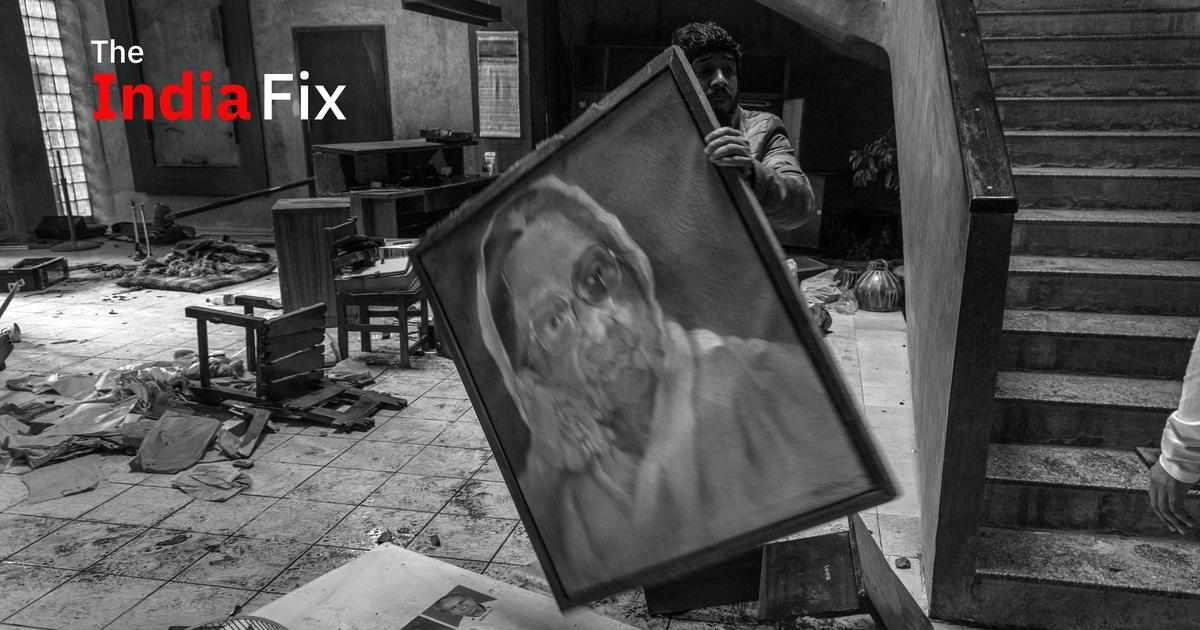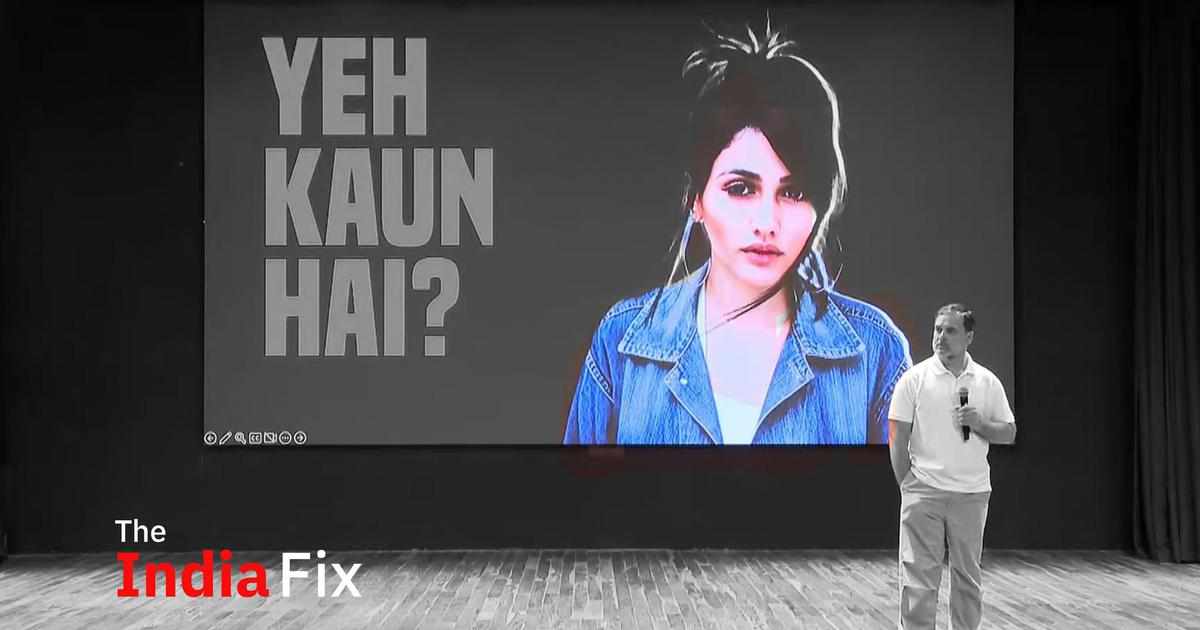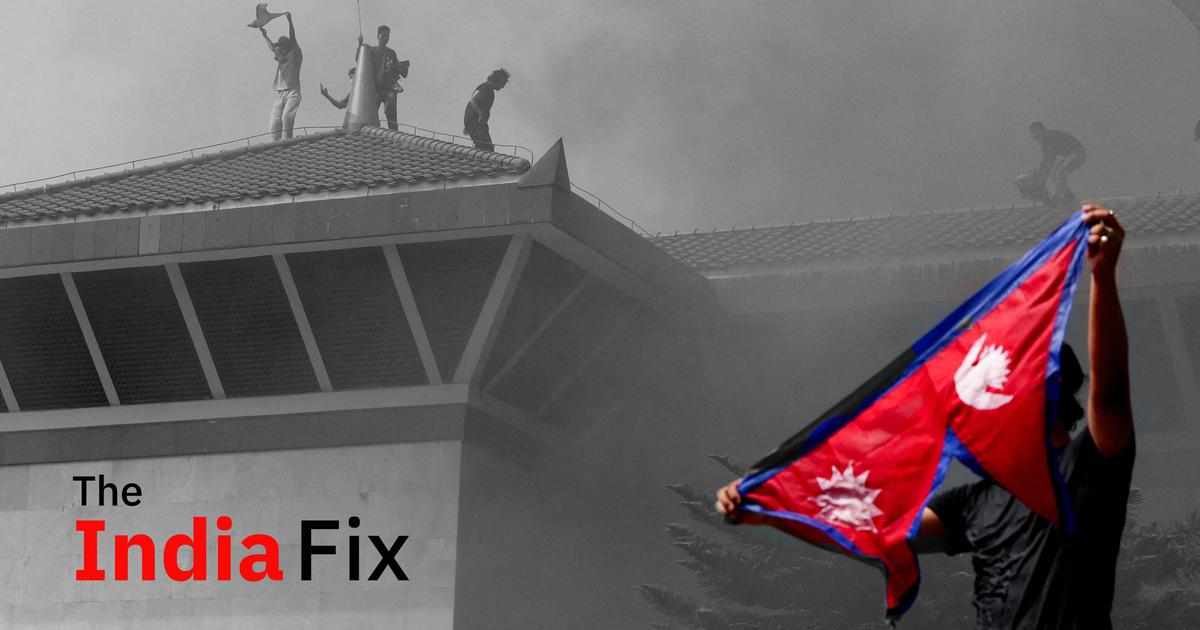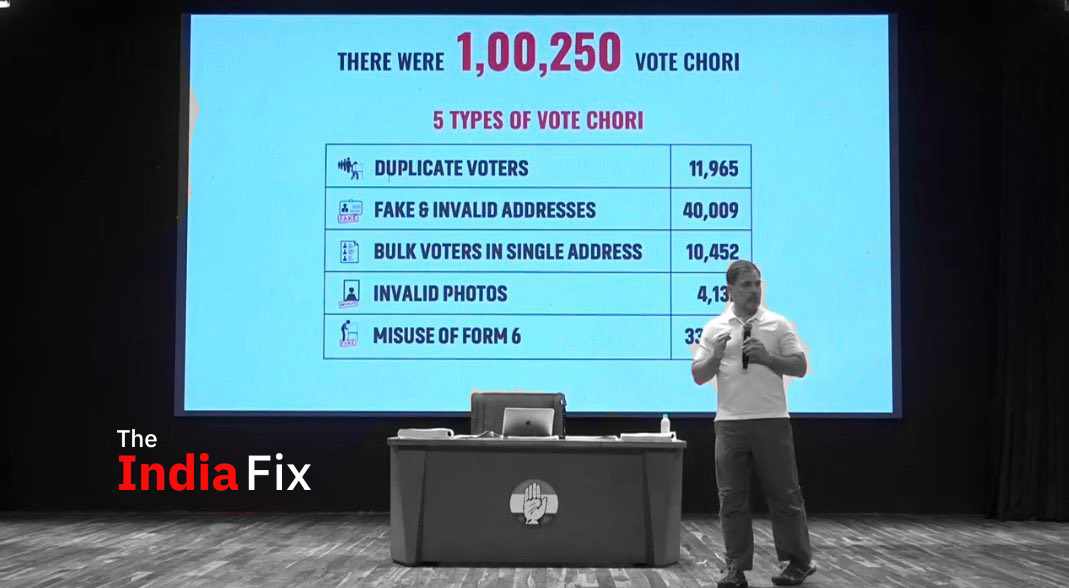
Welcome to The India Fix by Shoaib Daniyal, a newsletter on Indian politics. To get it in your inbox every Monday, sign up here (click on “follow”). Have feedback, interesting links or memes? Send them to theindiafix@scroll.in.
A flurry of election results on Wednesday and Thursday brought with it some bad news for the Bharatiya Janata Party: it lost power in the Municipal Corporation of Delhi as well as in Himachal Pradesh. It also lost five out of the seven bye-polls, results for which were announced on Thursday. It did, however, manage to retain the state of Gujarat, registering the biggest win ever in the state’s history.
In spite of this marginal setback to the BJP, the party has little to worry about when it comes to the 2024 Lok Sabha elections. Because even if the results in the previous week showed that the BJP was far from omnipotent, it also illustrated that there is little national-level Opposition to challenge Prime Minister Narendra Modi.
Will AAP replace the Congress?
It is highly probable that the Congress will continue its downward slide. Even though the party gained one chief minister last week, adding Himachal to its kitty, this was overshadowed by the fact that the party now stands wiped out in Delhi and significantly damaged in Gujarat.
As things stand today, there is a good chance that the Congress will further fall below its 2019 Lok Sabha election performance.
The main beneficiary of the Congress’s decline has been the Aam Aadmi Party, which has managed to capture Congress voters in Delhi, Punjab and now Gujarat.
It is still early days for AAP but it has already managed to do a rare thing for a political party in India: cross state borders.
One of the unique factors of the Indian political system is that even as two national parties, Congress and the BJP, have managed to capture power across the country, parties which originate in a particular state find it very difficult to cross over into other states. This factor is so powerful that it works even on a state that is partitioned. The Rashtriya Janata Dal, for example, lost nearly all its influence in the areas that made up Jharkhand once Bihar was partitioned in 2000.
The AAP has, however, managed to go against this trend, expanding fast from Delhi. It now has chief ministers in Punjab and Delhi, it has won municipal wards in Assam, and last week its candidates were elected MLAs in Gujarat.
If any party has, relatively, the best chance of replacing the Congress as a national challenger to the BJP, it therefore must be AAP. However, if it does happen, it will take years if not decades. It is almost certain that the AAP will not be able to build up enough momentum before the 2024 Lok Sabha elections, a little more than a year away, to be any sort of credible national challenge to the BJP.
Federal polity
As a result, for now, the biggest opposition the BJP faces is state parties. In fact, possibly due to the saffron party’s hold over the national media, we often forget that state-based politics has actually never been stronger in the Indian Union’s history.
On December 7, for example, Richard Rossow, United States-based political researcher tweeted out data on chief ministers in India. Over half of those represented state parties: the highest in Indian history.

Moreover, while the BJP has expanded in the states, its position is still curiously weak when compared to its national hegemony. Analysis by Scroll.in, for example, showed that less than half of India’s population is ruled by a BJP government (either by itself or in coalition). Notably, however, this figure drops to around 28% if we exclude Karnataka, Madhya Pradesh and Maharashtra: states brought into the BJP kitty as a result of defections, powered by money and central power, not democratically through election victories.
This federal fracture will, of course, make the BJP’s job of exercising power more difficult given that, in the Indian context, states execute most governance-related policy.
Split-ticket
However, it is unclear if it will necessarily make the BJP’s job of retaining the Union government in 2024 more difficult, given that Indians are now increasingly adopting split-ticket voting, voting differently for state and central elections.
In some places in North India, this gap can be significant enough to completely change election results. In Delhi, for example, the BJP in 2019 got an incredible 57% of the vote and swept the city’s seven parliamentary seats. Just a year later, however, its vote share in the state assembly elections dropped to 39% with its seat share just above 11%.
The chances of this getting repeated in Himachal, for example, remain high. While economic issues got the Congress a win, the emotional appeal of Modi and Hindu nationalism in the state might see many 2022 Congress voters support the BJP in federal elections.
In effect, while India’s highly fragmented political space results in daily and often bitter political battles being fought for power at the federal level, it is unlikely if this fragmentation will seriously hurt the BJP come the Lok Sabha elections.






















Write a comment ...